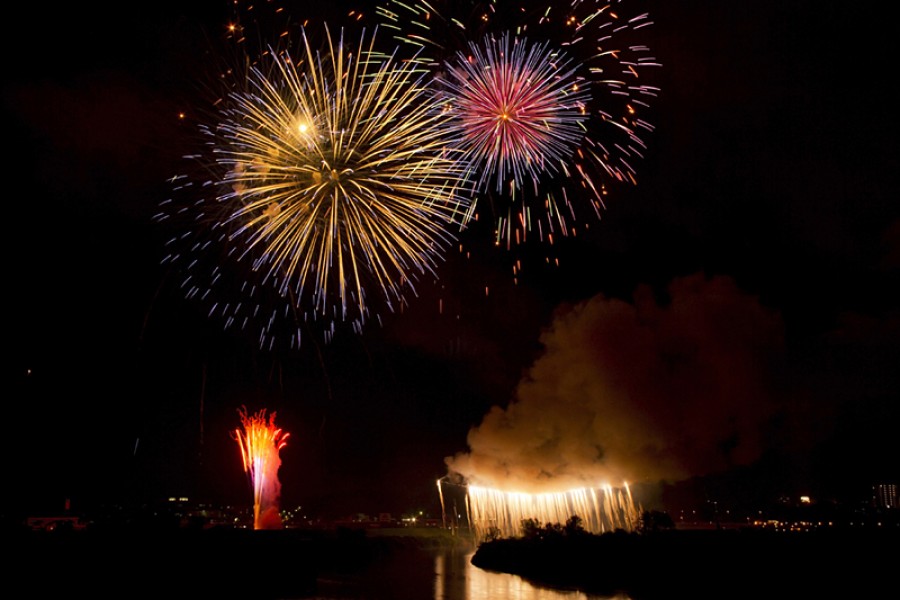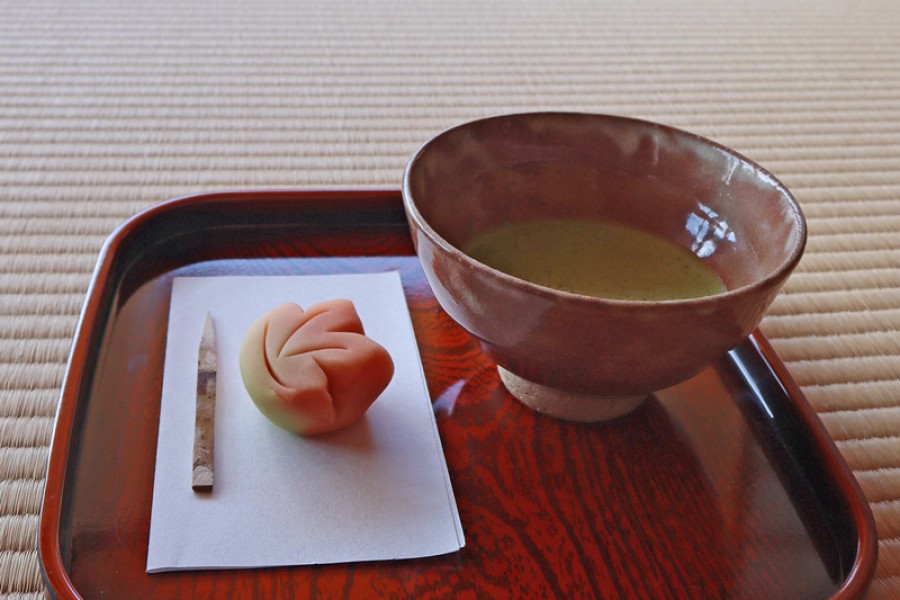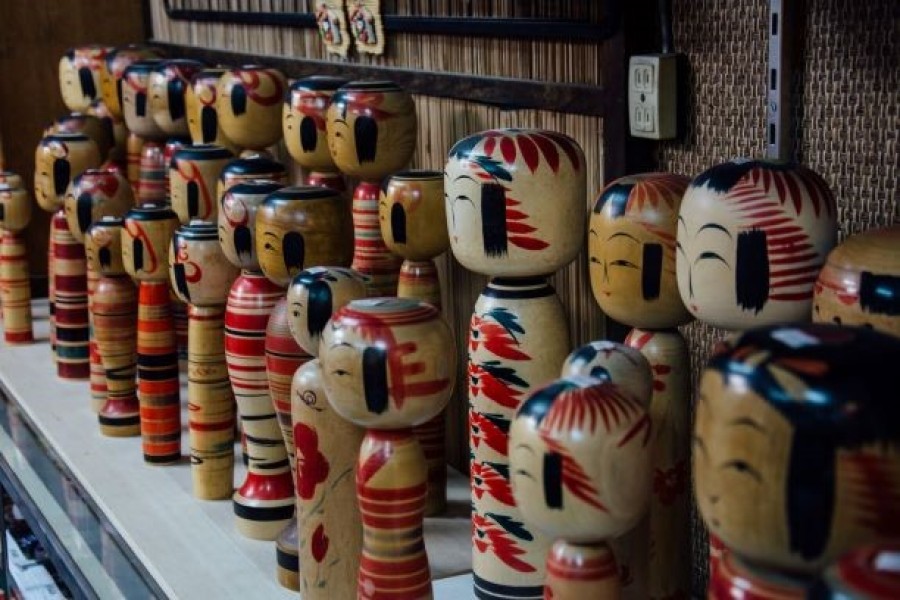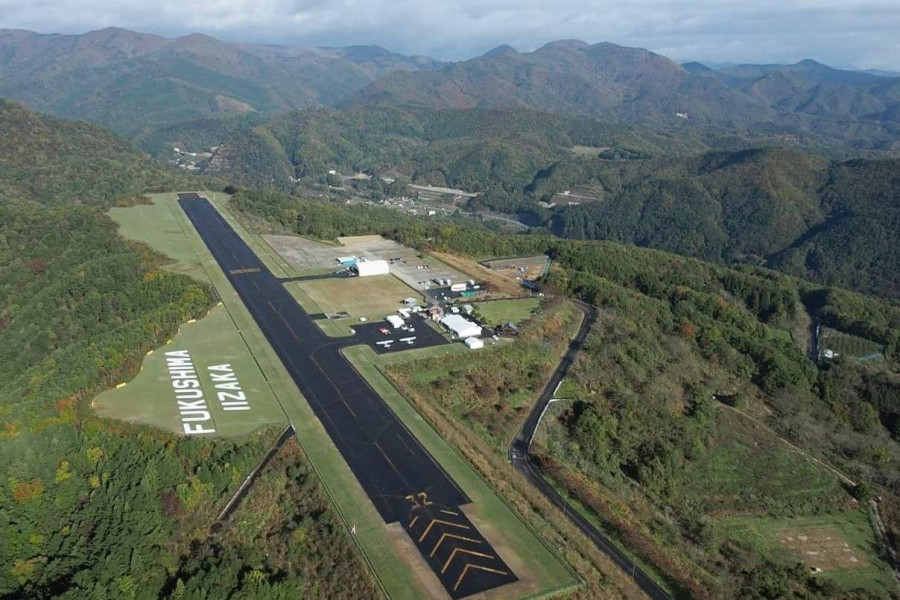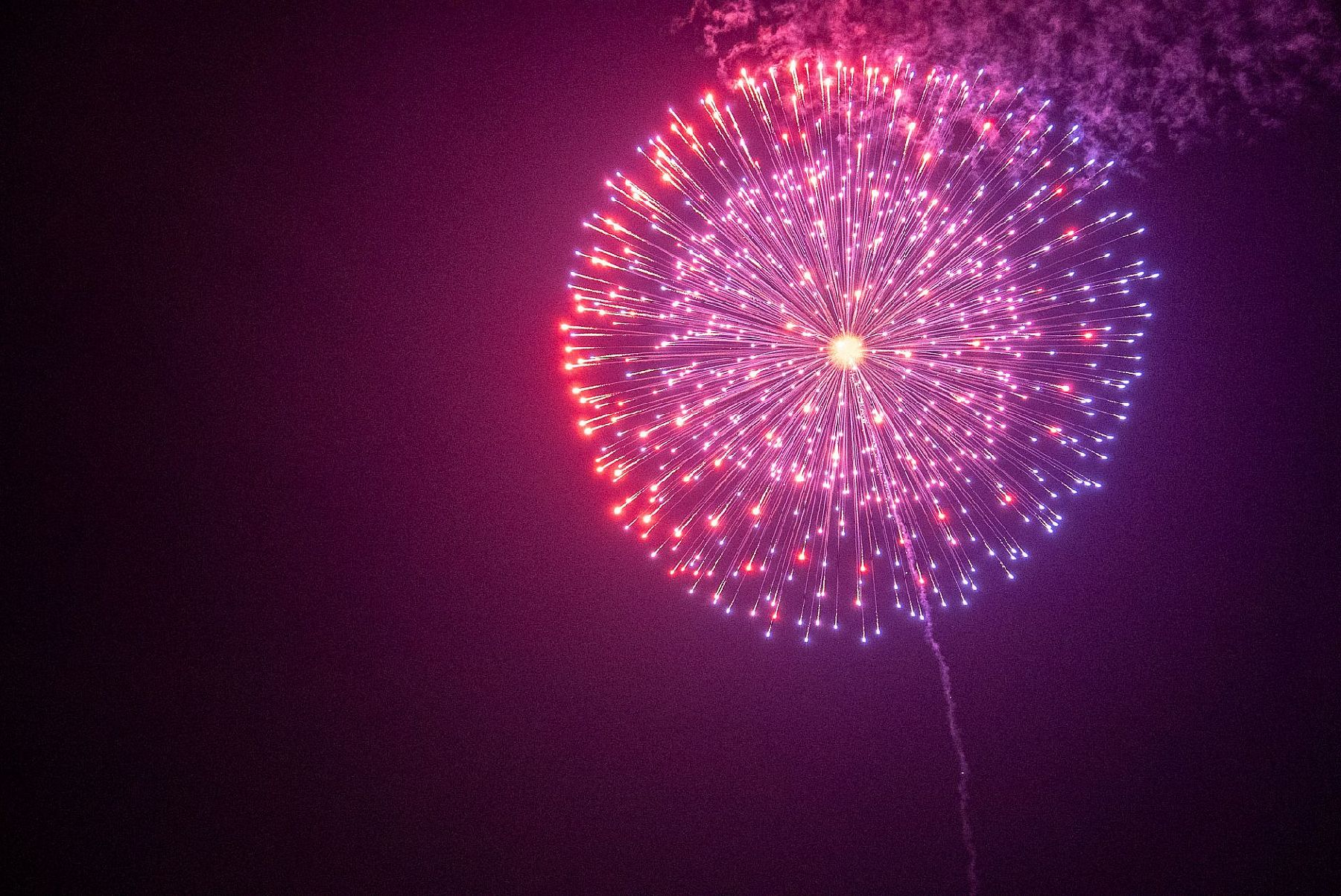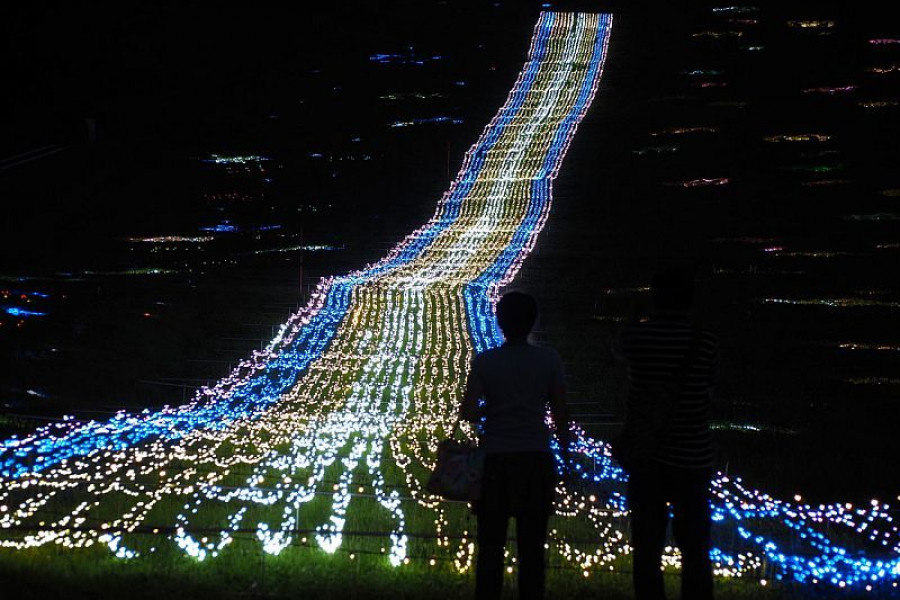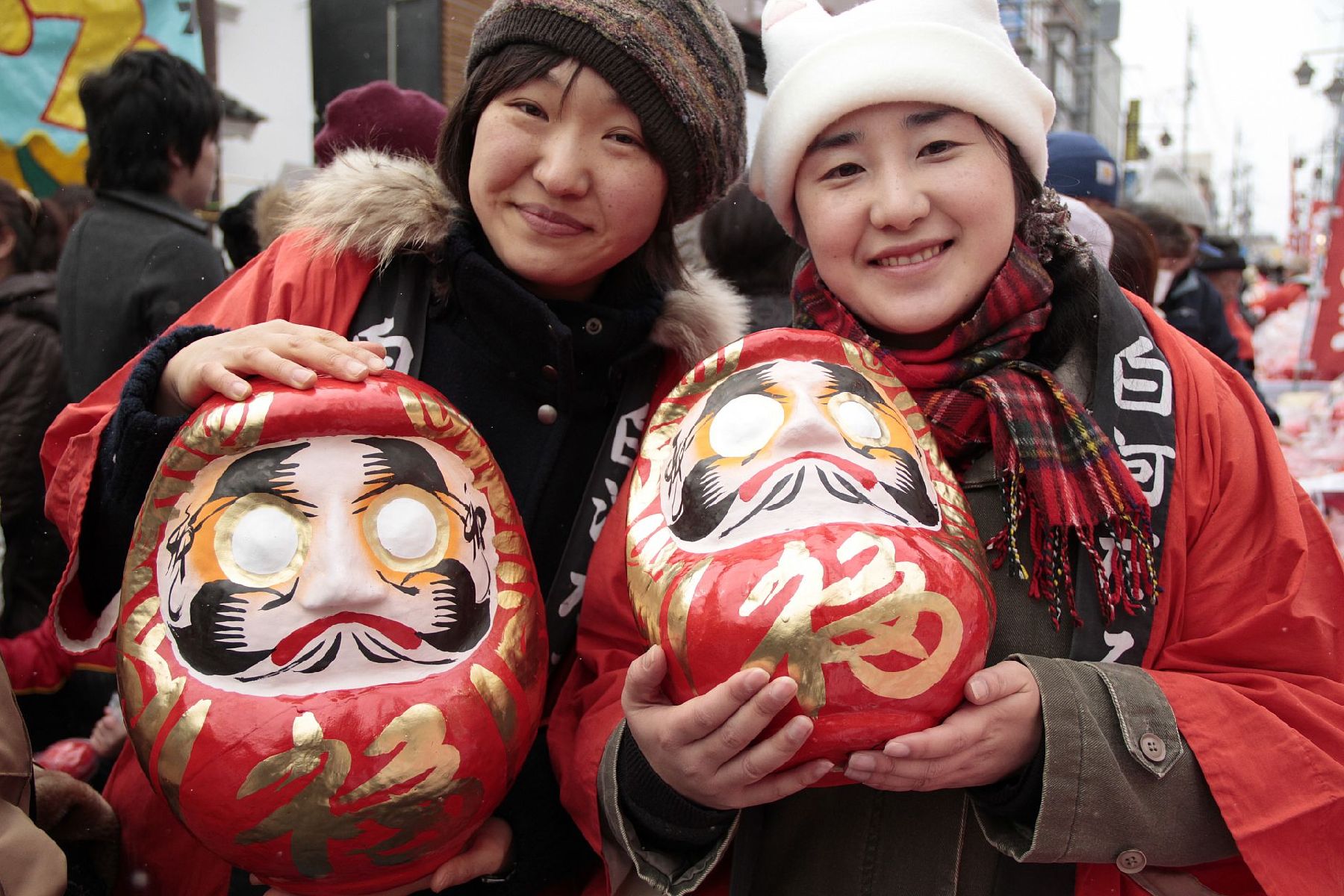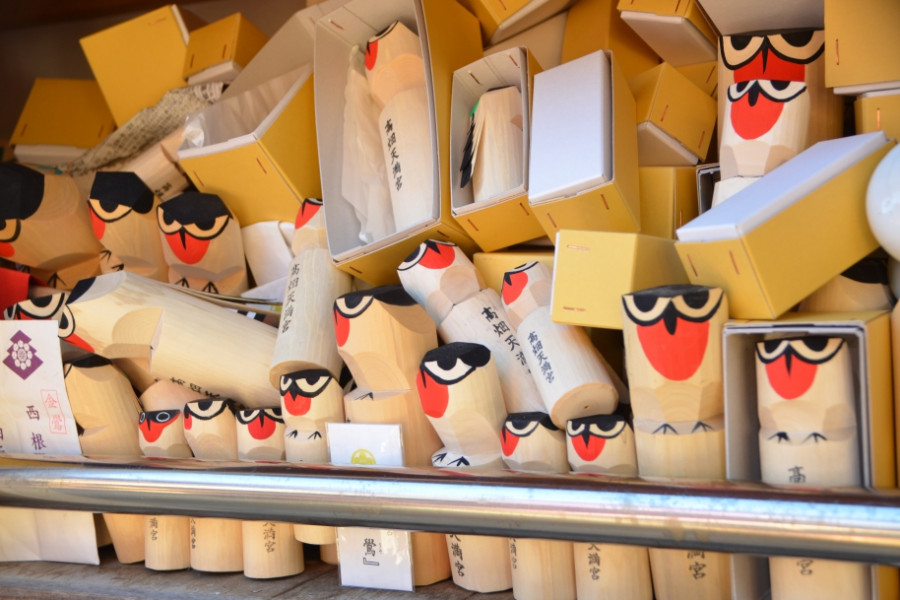
Ebisu Circuit
Ebisu Circuit – revered as a drift racing paradise – is visited every year by lots of international visitors. Ebisu Circuit’s ‘Drift Taxi’ experience lets you ride as a passenger in a special drifting car while a professional Drift School Teacher speeds around the circuit! Booking and more information here.
